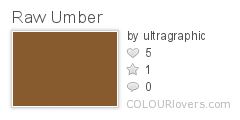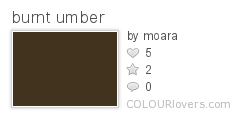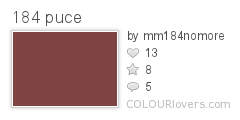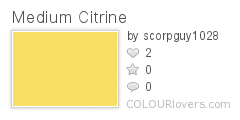When we talk of colors, we’re often speaking French. Many of our most exotic color names are of French origin. Let’s take a pictorial tour of the colorful French countryside, where we’ll encounter drunken monasteries, burrowing insectivorous mammals, jumping blood-sucking insects, earthy shadows, juicy fruits, and edible ornamentals.
 |
Umber is derived from the French phrase “terre d’ombre,” literally “earth of shadow.” Raw umber is a dark yellow brown pigment, while burnt umber is roasted to a dark brown. |
 |
Puce is of French origin and literally means “flea” color. Puce is purplish-brown or dark red. |
 |
Taupe is from the French word for “mole” or “moleskin.” Taupe is gray with a brownish tinge. |
 |
Mauve is of French origin and literally means “mallow,” an herb with light purple flowers. |
 |
Citrine is from an Old French word meaning “lemon colored,” from the Latin “citrus.” It’s also the name of a glassy yellow quartz. |
 |
Chartreuse is named in honor of the Carthusian monastery in France where the pale yellow/green liqueur chartreuse was first made from brandy and aromatic herbs. |

The Prieure de Grande Chartreuse Monastery in France. ![]() by Wimbledonian.
by Wimbledonian.
About the Author, Craig Conley
Website: http://www.OneLetterWords.com
Craig is an independent scholar and author of dozens of strange and unusual books, including a unicorn field guide and a dictionary of magic words. He also loves color: Prof. Oddfellow








